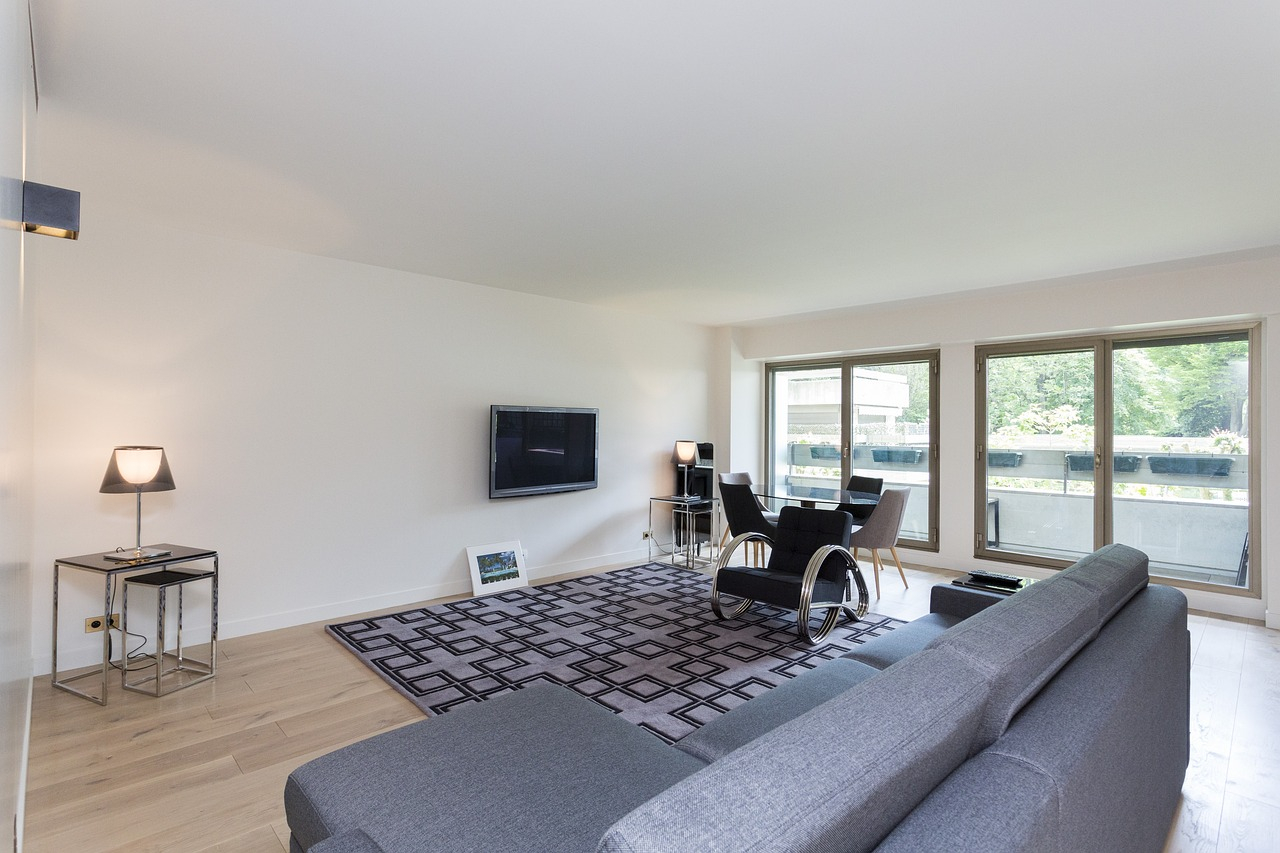Smart Playrooms: Educational Technology Integration
Welcome to the future of education – Smart Playrooms! These dynamic learning environments are transforming traditional classrooms into stimulating, interactive spaces. By integrating advanced educational technology into playrooms, educators are taking a hands-on approach to teaching and fostering a love for learning in young minds. In this article, we will delve into the world of Smart Playrooms and explore the benefits of this innovative approach to education. From improving academic performance to developing critical skills, Smart Playrooms offer endless possibilities for children to grow and thrive.
What are Smart Playrooms?
Smart Playrooms are carefully crafted environments designed to support the development of children’s cognitive, social, and emotional skills. These playrooms feature a variety of educational technology, such as touchscreen tables, interactive whiteboards, and augmented reality games. The goal of these playrooms is to shift the focus from traditional teaching methods to a more hands-on and collaborative learning experience.
The Benefits of Educational Technology Integration
The integration of educational technology in Smart Playrooms has numerous benefits for children’s learning and development. Firstly, it allows for a more engaging and interactive learning experience, promoting active learning and critical thinking. With access to technology, children can explore different concepts and ideas in a fun and interactive manner, making learning more engaging and enjoyable.
In addition, educational technology integration in playrooms promotes collaboration and teamwork among children. Through group projects and games, children learn to work together, share ideas, and problem-solve together. This not only fosters social skills but also helps children develop essential 21st-century skills such as communication, collaboration, and problem-solving – skills that are crucial in today’s society.
Moreover, Smart Playrooms provide an opportunity for children to develop their creativity. With the use of technology, children can express their ideas and imagination through digital storytelling, creating digital art, and more. This allows children to explore their creativity in a new and exciting way, helping them to develop innovative thinking.
The Impact on Academic Performance
The integration of educational technology in playrooms has also been shown to improve academic performance. With a more interactive and immersive learning experience, children are more engaged and motivated, leading to increased retention of information. Furthermore, technology allows for personalized learning, catering to each child’s individual learning style and pace. This individualized approach leads to better academic performance and a deeper understanding of concepts.
Moreover, Smart Playrooms offer endless opportunities for hands-on learning, allowing children to learn through experience and exploration. This type of learning has been proven to have a significant impact on children’s academic performance, as it allows them to develop a deeper understanding of concepts and apply their knowledge in real-world situations.
Conclusion
Smart Playrooms are revolutionizing the way children learn and develop. By integrating educational technology, playrooms are no longer just a place for children to play, but also a space for them to learn, explore, and grow. Through interactive, hands-on learning experiences, Smart Playrooms promote collaboration, creativity, and critical thinking – essential skills for success in the 21st century. With its numerous benefits and impact on academic performance, it’s safe to say that Smart Playrooms are shaping the future of education.







